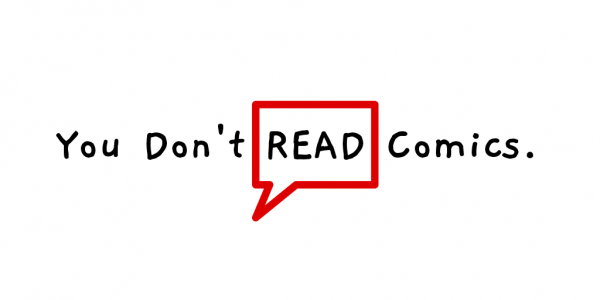Poison Ivy #30
Janet is getting-up early. Shes’s getting out of bed with Killer Croc, but that’s not why she’s getting-up early. She wants to head ot to see what kind of clues she might be able to get from the library. Wants to prove to herself that she’s can survive being a side character in a horror story. She’ll find out how complicated that is in Poison Ivy #30. Writer G. Willow Wilson writes a dual-story with two ends which meet in the middle. The usual “Ivy League” continues to put together an impressive package for WIlson’s script with artist Marcio Takara and colorist Arif Prianto.
Meanwhile, Poison Ivy is struggling. SHe’s been resurrected, but that doesn’t mean that she’s doing well with her current situation. She’s being confronted by a powerful force that could completely consume her if it really wanted to. The Grey hasn’t come to destroy her though. It wants to ask her a favor. What is so special about Ivy that she is approached by a powerful entity? What could she pssibly do for something which truly has no nee for humanity at all whatsoever? And is she going to be in any position to refuse the rwequest from an entity that is so overwhelmingly powerful?
Wilson fuses a whole lot of interesting elements together into another remarkably satisfying issue. The flip book starts at two ends of the heart of the series and joins them together. Ivy is appoached by The Grey as Janet is approached by the Green. Wilson has a delicious sense of balance about it all as the heroine at the center of the story moves to the center from one direction and a minor supporting character moves to the center from the other. Wilso examines the nature of heroism and the tenuous nature of human connection in a brilliantly-crafted script that also manages some remarkably deft and idiosyncratic work exploring the relations between humans and entities of great power.
Takara and Prianto are given an issue in which to explore drama exclusively. There's no real action here. There's no real sense of immediate aggression either. There is a lot of angled nuance in an emitted all of the emotional connections that are taking place here both between humans and between humans and deities. The rendering of the supernatural drama is put together in interesting ways that amplifies the mood to impressive extents. Even the most subtle expressions of ephemeral mood are given their space on the page while overwhelmingly powerful stresses and emotions also are given their place and their space.
Wilson and company manage some pretty striking moments. It would be all too easy to put together an issue like this as it's something of a novelty. A flipbook where there's one side of a story meeting up with another side of a story could be a cheap gimmick. But they were really using it to explore some of the nature of the dichotomy between supernatural powers, and those that aren't supernatural. There's a brilliant sense of balance that almost seems crushingly beautiful in its own way as the series continues to impress well into its third year.










